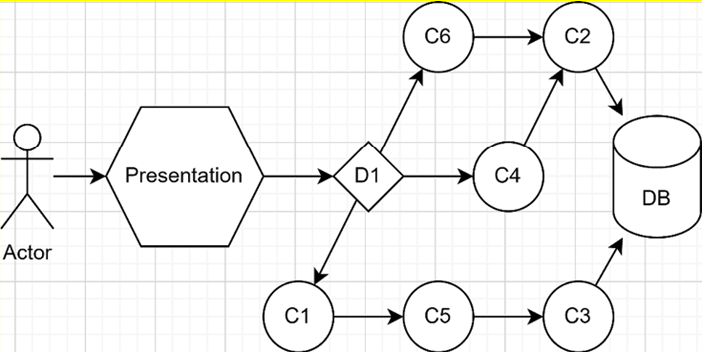White-box testing includes unit and integration tests. Those tests run fast, and developers use them to improve the code and test complex algorithms. However, writing a large quantity of those tests takes time. Writing brittle tests that are tightly coupled with the code itself is easier due to the proximity to the code, increasing the maintenance cost of such test suites. It also makes it prone to overengineering your application in the name of testability.Black-box testing encompasses different types of tests that tend towards end-to-end testing. Since the tests target the external surface of the system, they are less likely to break when the system changes. Moreover, they are excellent at testing behaviors, and since each test tests an end-to-end use case, we need fewer of them, leading to a decrease in writing time and maintenance costs. Testing the whole system has drawbacks, including the slowness of executing each test, so combining black-box testing with other types of tests is very important to find the right balance between the number of tests, test case coverage, and speed of execution of the tests.Grey-box testing is a fantastic mix between the two others; you can treat any part of the software as a black box, leverage your inner-working knowledge to mock or stub parts of the test case (like to assert if the system persisted a record in the database), and test end-to-end scenarios more efficiently. It brings the best of both worlds, significantly reducing the number of tests while increasing the test surface considerably for each test case. However, doing grey-box testing on smaller units or heavily mocking the system may yield the same drawbacks as white-box testing. Integration tests or almost-E2E tests are good candidates for grey-box testing. We implement grey-box testing use cases in Chapter 16, Request-Endpoint-Response (REPR). Meanwhile, let’s explore a few techniques to help optimize our test case creation by applying different techniques, like testing a small subset of values to assert the correctness of our programs by writing an optimal number of tests.
Test case creation
Multiple ways exist to break down and create test cases to help find software defects with a minimal test count. Here are some techniques to help minimize the number of tests while maximizing the test coverage:
- Equivalence Partitioning
- Boundary Value Analysis
- Decision Table Testing
- State Transition Testing
- Use Case Testing
I present the techniques theoretically. They apply to all sorts of tests and should help you write better test suites. Let’s have a quick look at each.
